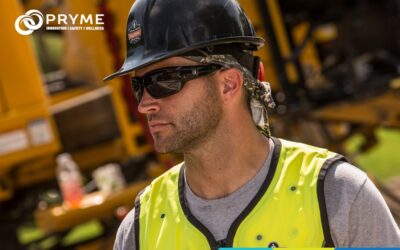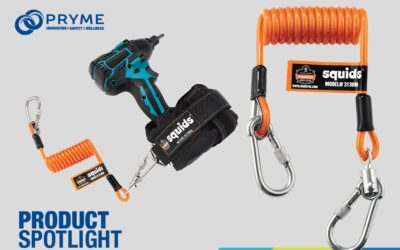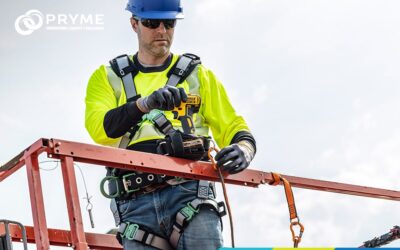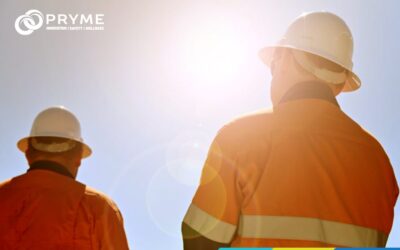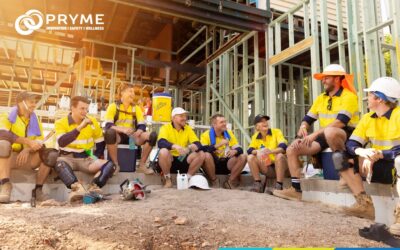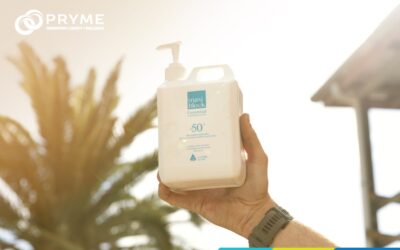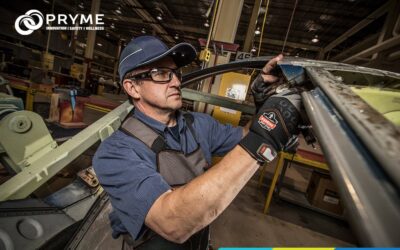Most Common Types of Musculoskeletal Injuries in the Workplace
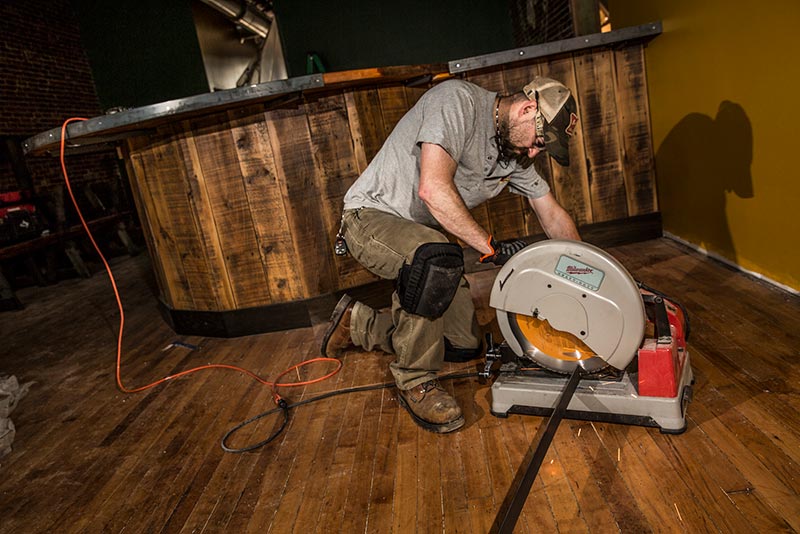
In Australia most musculoskeletal injuries in the workplace can be accounted to Body Stressing, tasks or through impact injuries caused by a slip, trip or fall.
Sprains and Strains or Musculoskeletal Injuries (MSDs) are some of the most common injuries for workers, particularly in industries where repetitive manual tasks like lifting and kneeling are required.
Body Stressing injuries account for 40.8% and Slips, Trips, fall account for 20.9% of Sprain and Strain injuries.
Workers who perform repetitive manual tasks or who are exposed to physical labour are at a high risk for Sprains and Strains. Industries like Contract Cleaning, Health Care, Aged Care, Manufacturing, Transport and Logistics, Warehousing and Construction are amongst the highest risk sectors for Sprains and Strains.
According to Clean Start, Contract Cleaners are only second to Concrete Construction Services
Sprains and Strains or Musculoskeletal injuries account for nearly 43% of all serious work related injury claims in Australia. According to Safe work Australia Work Related Musculoskeletal Disorders (WMSDs) are the most common condition for which workers’ compensation claims are currently lodged.
Of these injuries, up to 10% are knee-related and up to 38% are back-related, making complex joints like the knees and back an injury hotspot, for workers.
Many people do not appreciate that there is a strong probability of suffering body stressing injuries from conducting strenuous, manual heavy lifting or carrying.
“Employees who are injured at work ca … ads of incapacity, leading to time off work and financial pressures. It can be a very stressful experience.”
Work-related factors are the primary causes of Sprains and Strains at work. Manufacturing workers have a very high incident rate due to muscular stress while lifting, carrying or putting down objects repeatedly, while Construction workers’ injuries are often due to repetitive movements and low muscle loading.
While body stressing causes the vast majority of sprains and strains, slips trips and falls, or impact injuries can also result in significant tissue damage. Slippery surfaces, sharp or moving machinery and falls from heights can all contribute to WMSDs.
Individual Factors such as age, overall health, and training also tend to influence WMSDs. Sprains and Strain incidences rise with age, to peak in the 40-44 age group.
The Ergodyne 100 Economy Back Support and Ergodyne 1500 Weight Lifters Back Support are belts worn around the lower back and the rubber track webbing helps keep support in position.
The company is renowned for its experience in delivering workplace back supports, inventing and patenting the first workplace back support 30 years ago. Pryme Australia also distributes Ergodyne® wrist supports and knee pads.
Pryme’s Tips For Preventing Body Stressing Injuries
- Follow safety instructions and undertake training
- Ask for assistance to set up your work area to avoid strain
- Take regular breaks around the office
- Talk to someone early if you feel symptoms
- Research what support is available
- Review health status with GP regularly
Employers and OHS professionals can take several steps to reduce the risk of WMSOs for workers.
Ergonomic Solutions
- Using the right positioning, or raising work off the floor eliminating the need to work
- Tools and Equipment designed to perform work without requiring the worker to kneel or bend, for example Rolling Stools or Tool Extensions.
- Choosing less impact-full and rough surfaces to perform work on when possible and taking small breaks to relieve stress on the knee.
PPE Solutions
- Choosing cushioning barriers like kneeling pads knee pads or portable cushions to reduce on the knees.
Other Solutions
- Use ladders and supports to descend or ascend from heights, avoiding jumping and impact Wearing correct footwear on slippery oily or rough surfaces to avoid trip and falls. Rostering work time to avoid long periods of squatting, kneeling and/or bending for any one worker.
- Maintaining a healthy weight and strengthening the leg-muscles, back muscles or muscles surrounding the knee.
The use of PPE is considered the last line of defence against WMSDs. Used correctly ergonomic PPE such as Back Supports, Knee Pads and Kneeling pads can provide support cushioning and serve as a reminder to use correct bending lifting or kneeling techniques.
Categories
Recent Posts
- Understanding Heat Stress Risks for Outdoor Workers in the Tropics
- How Australian Businesses Can Prepare for Extreme Heat Events: Insights from KPMG’s Heat Report
- Battling Sun Poisoning: A Comprehensive Worksite Guide to Prevention & Treatment
- Get Ready to Make a Difference: Pryme’s Business Clean Up Australia Day 2024
- Chill-Its Cooling Gear for Every Heat Warrior: Personal Cooling PPE Done Right
Brands
- Ergodyne
- Sqwincher
Sqwincher is an electrolyte enhanced beverage for effective hydration and is the recognised leader in providing hydration solutions to hot workplaces, to help reduce heat related illness and accidents. Keep your workers safe and productive with Sqwincher hydration that works.
- Maxiblock Sunscreen
